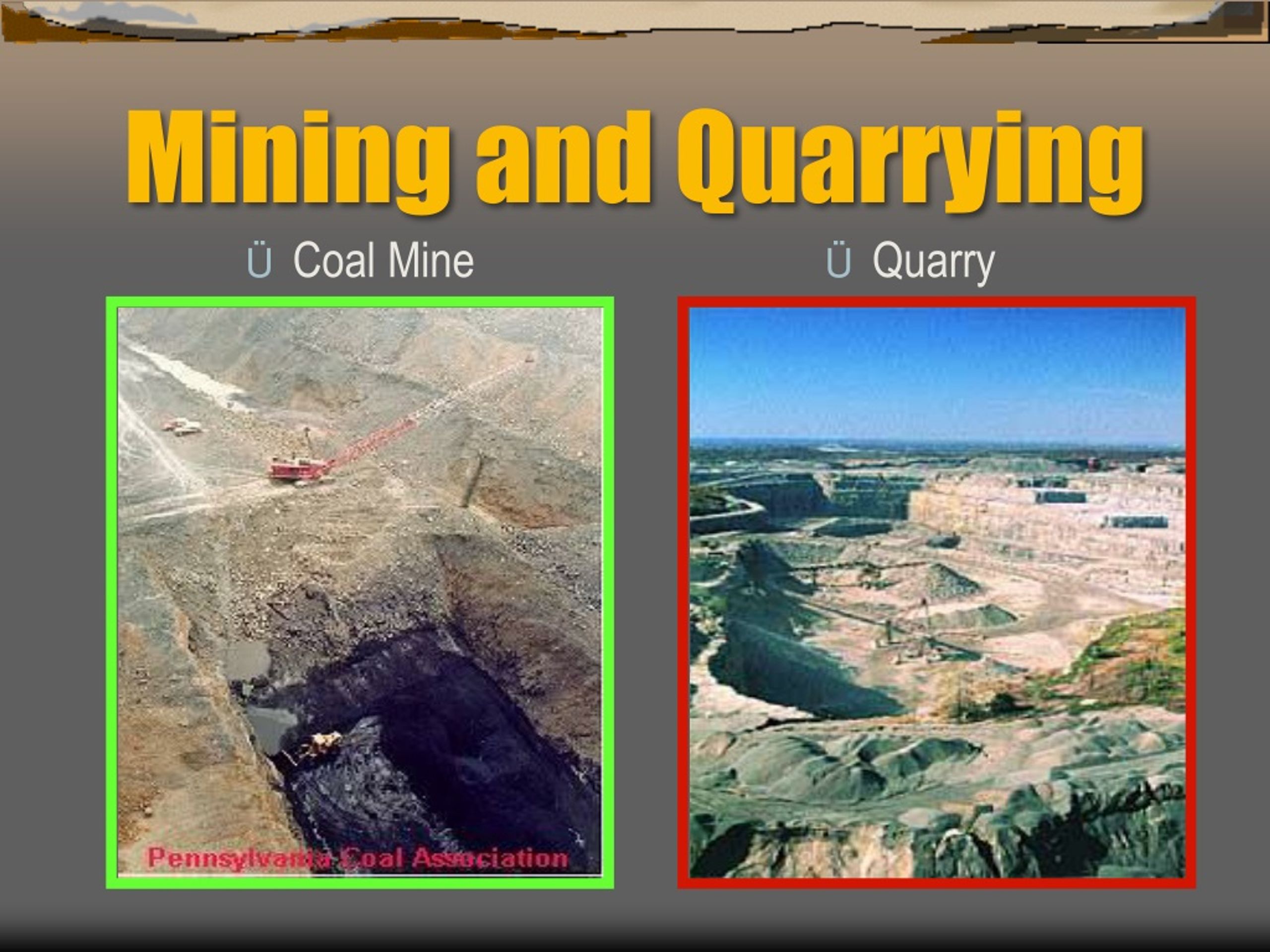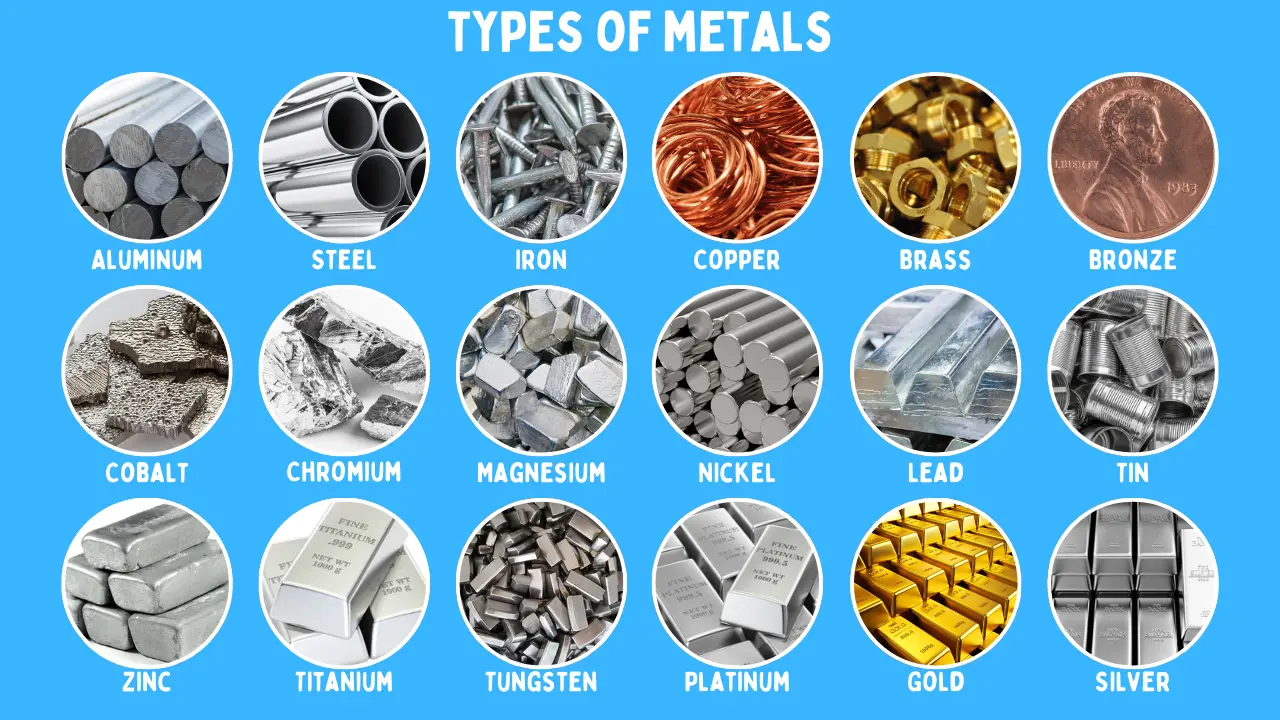Blasting is the controlled detonation of explosives to break up rock or other materials. It is a common practice in construction, mining, and demolition projects.
Types of Blasting
- Rock Blasting: This is used to break up rock for construction, mining, and quarrying purposes.
- Demolition Blasting: This is used to demolish structures that cannot be easily torn down using other methods.
- Seismic Blasting: This is used in geophysical exploration to create artificial earthquakes to study the Earth’s structure.
Blasting Process
- Drilling: Holes are drilled into the material to be blasted.
- Charging: Explosives are placed into the holes and tamped down.
- Detonation: The explosives are detonated using a detonator.
- Clearing: The debris created by the blast is cleared away.
Safety Considerations
Blasting is a dangerous activity that requires strict safety measures. Some of the safety considerations include:
- Pre-blast survey: A survey is conducted to identify potential hazards, such as underground utilities or nearby structures.
- Warning signs: Warning signs are posted to alert people of the impending blast.
- Evacuation: People and animals are evacuated from the blast area.
- Controlled detonation: The blast is carefully timed and controlled to minimize damage.
Environmental Impact
Blasting can have a negative impact on the environment, including:
- Noise pollution: Blasting can create loud noise that can disturb wildlife and people.
- Vibration damage: The vibrations from a blast can damage nearby structures.
- Air pollution: Blasting can release dust and other pollutants into the air.
To mitigate the environmental impact of blasting, strict regulations are in place, and mitigation measures such as vibration monitoring and dust control are implemented.
Would you like to learn more about a specific type of blasting or its applications?



